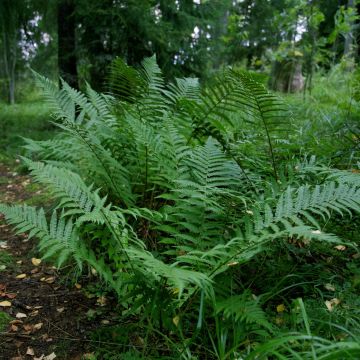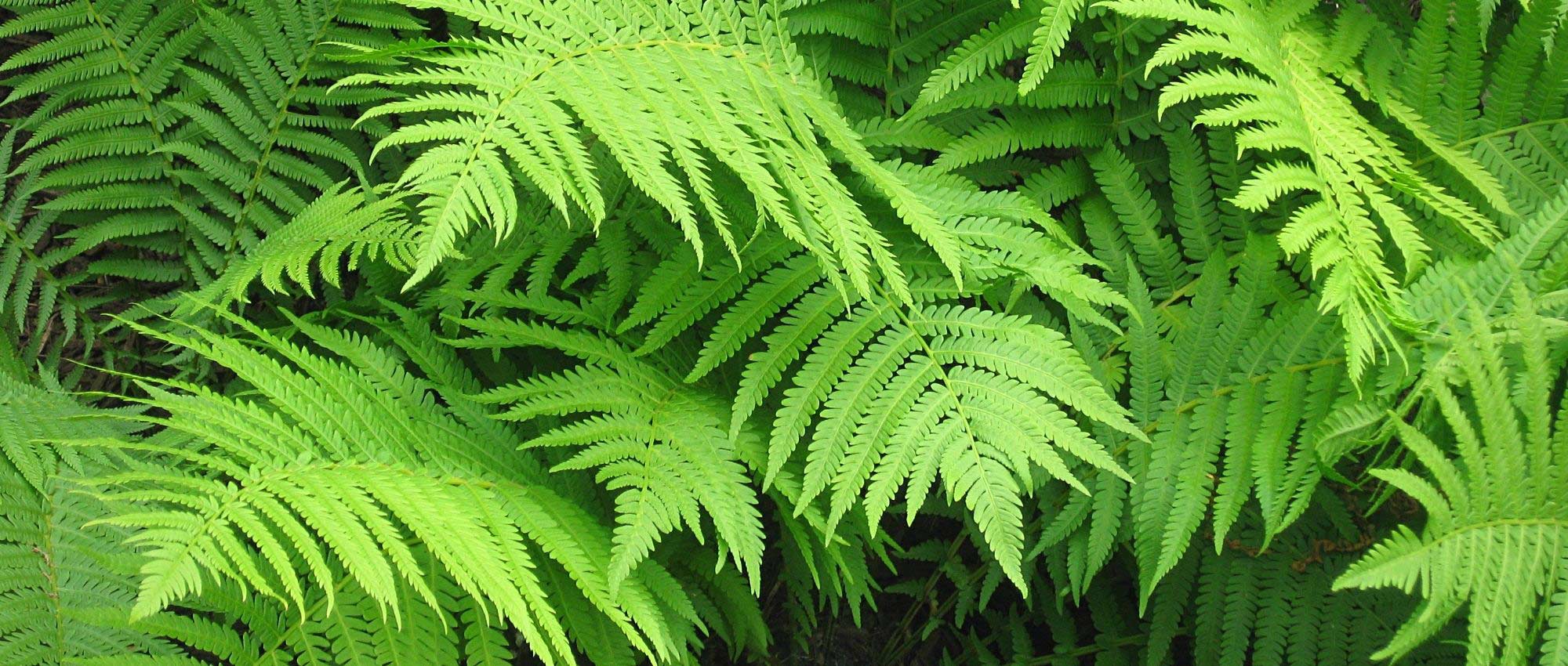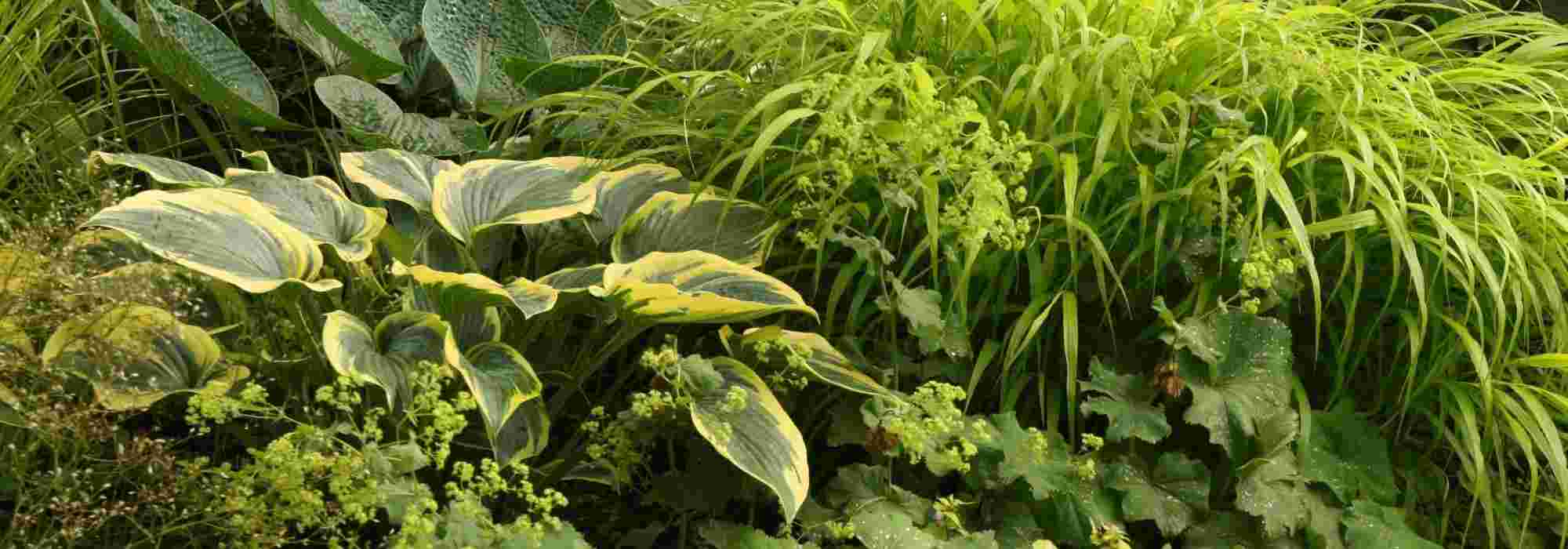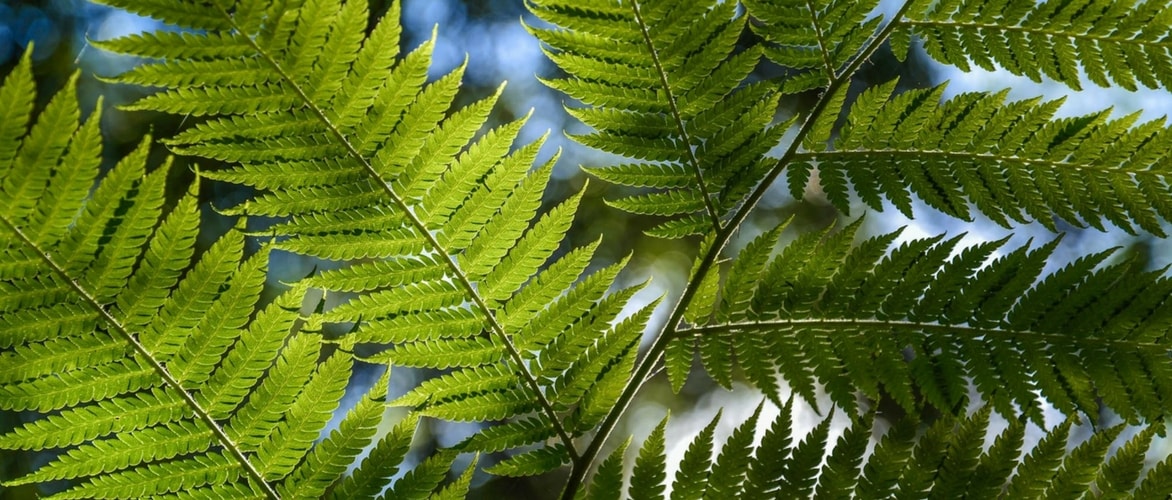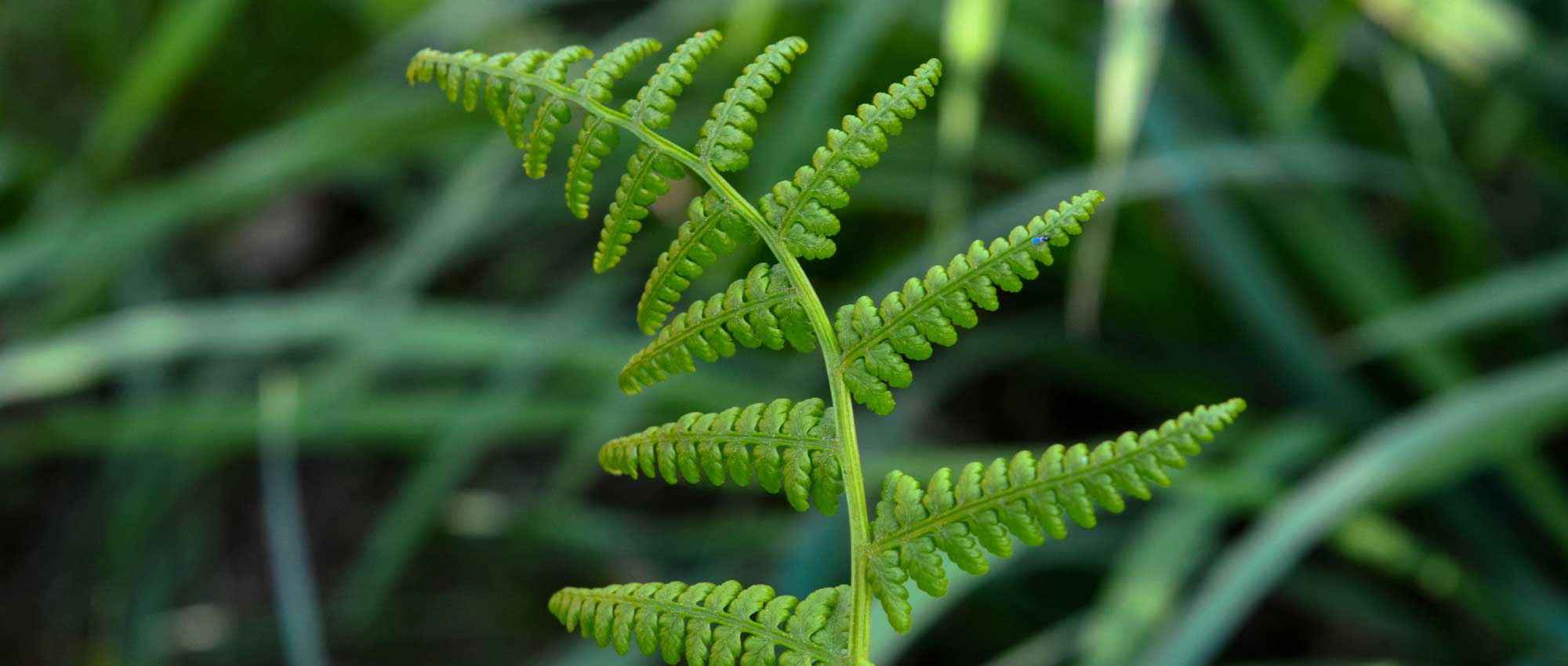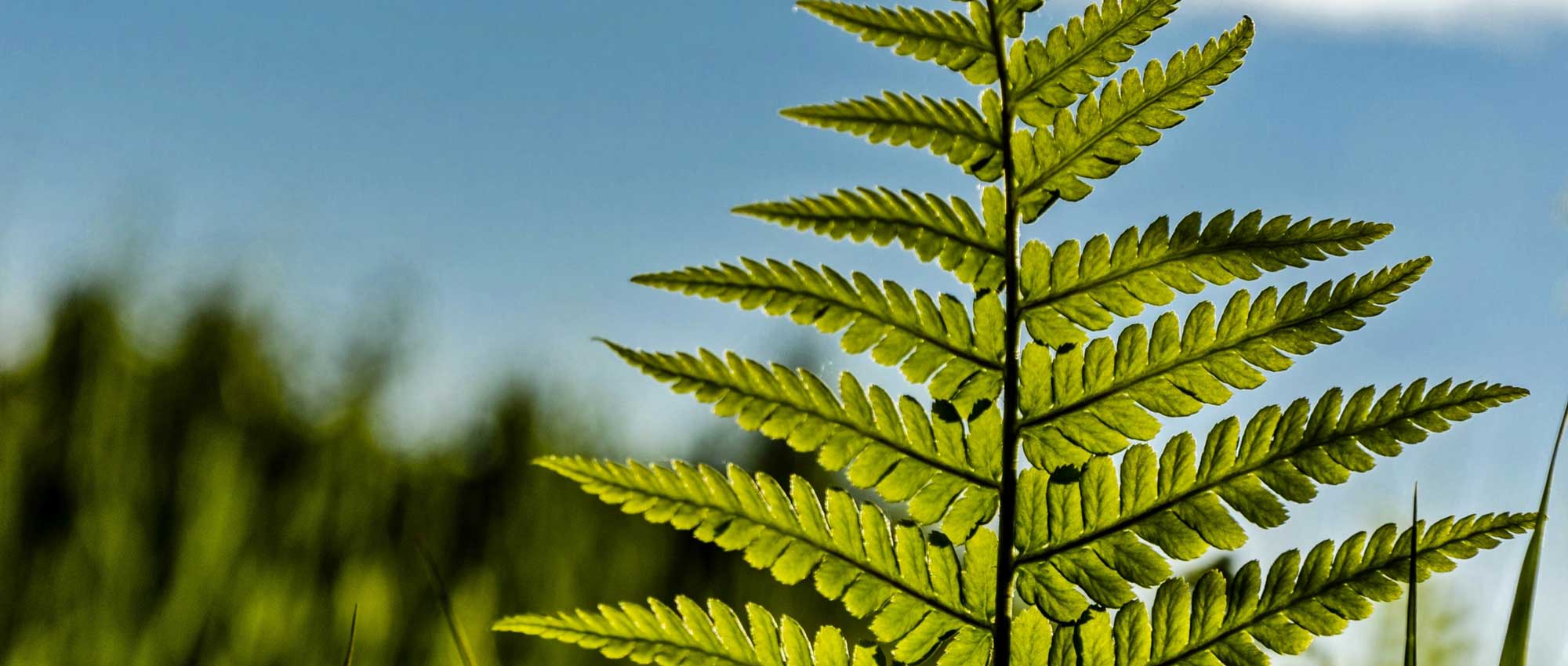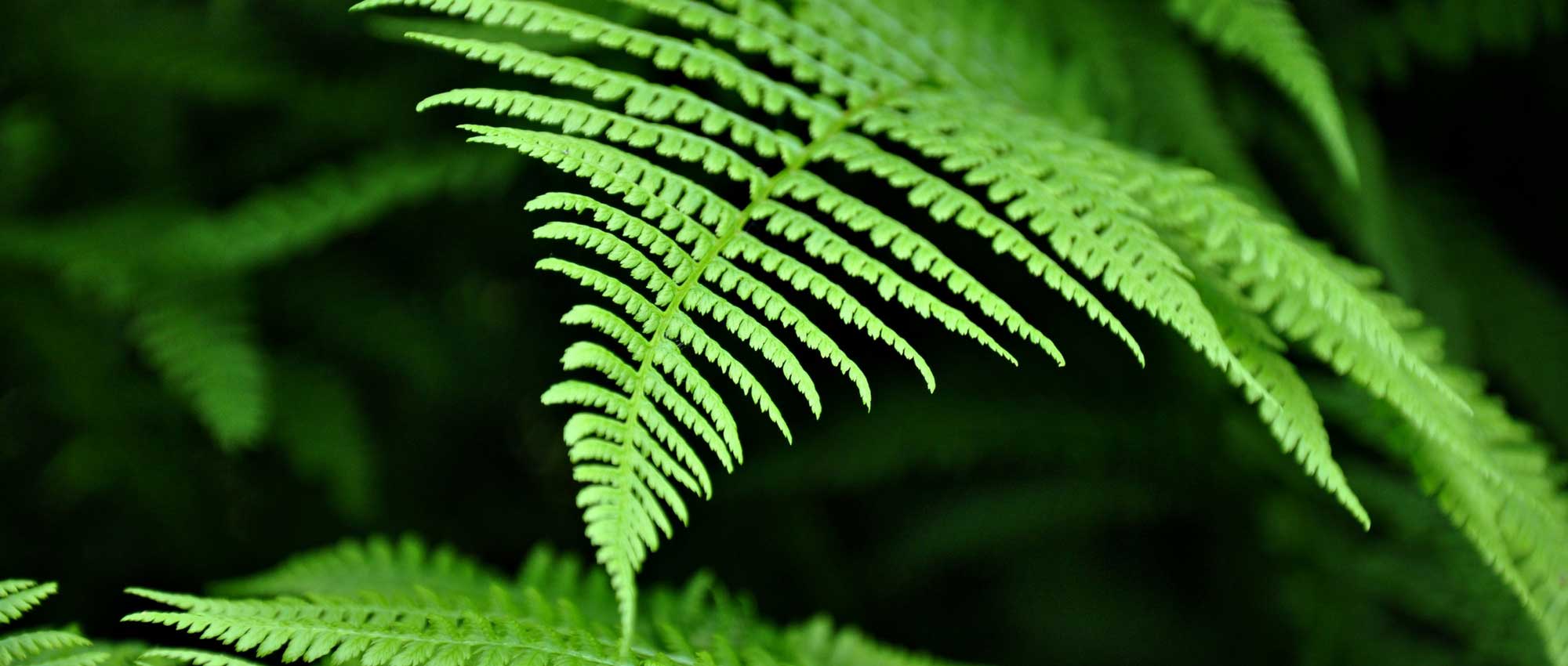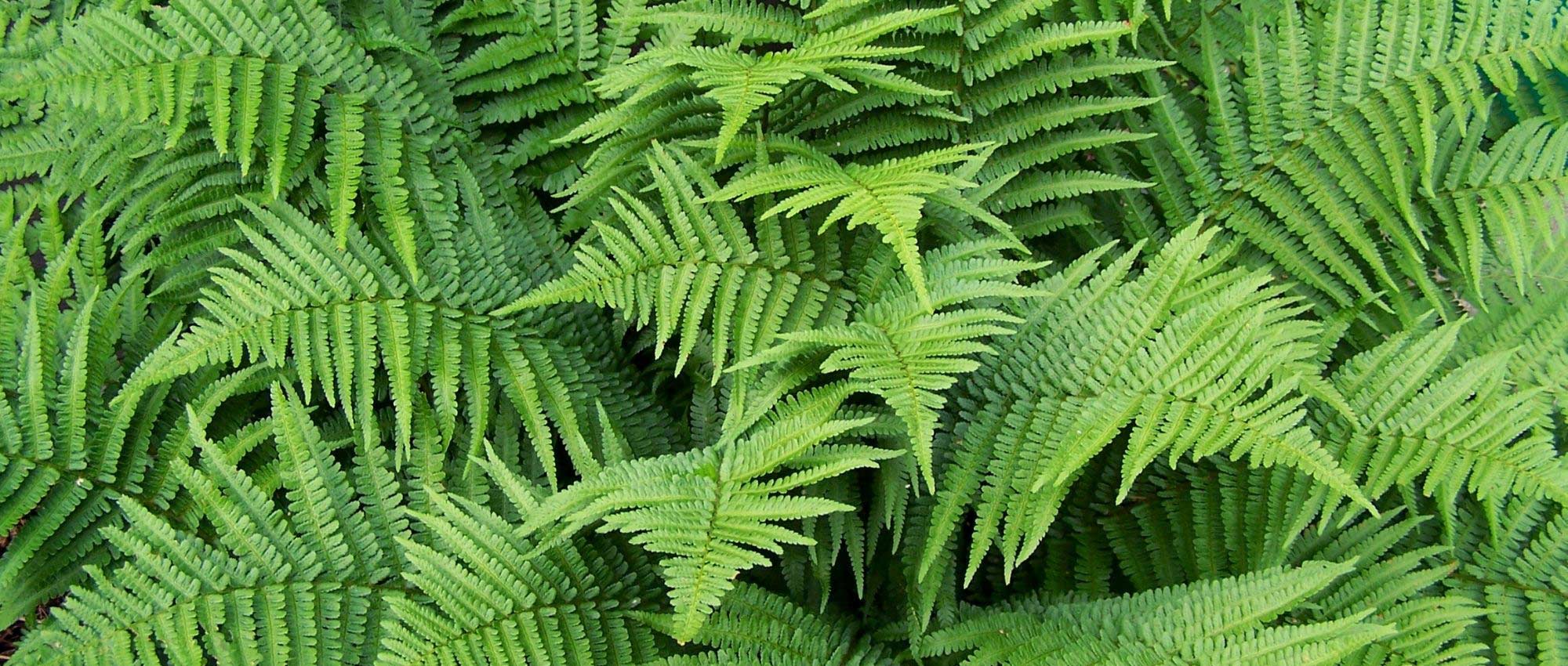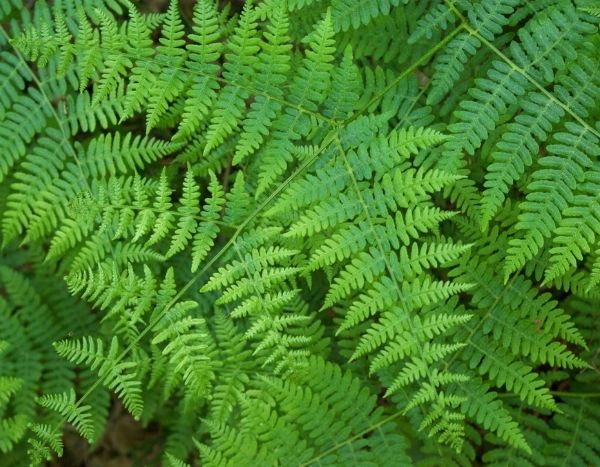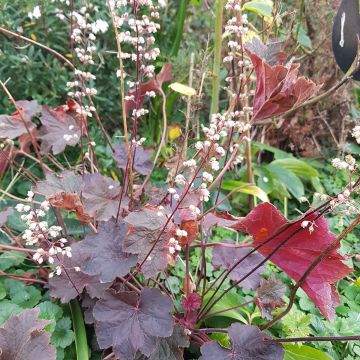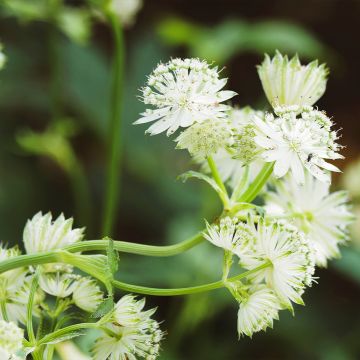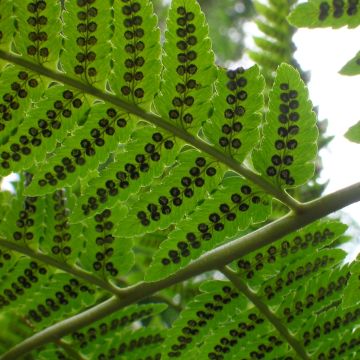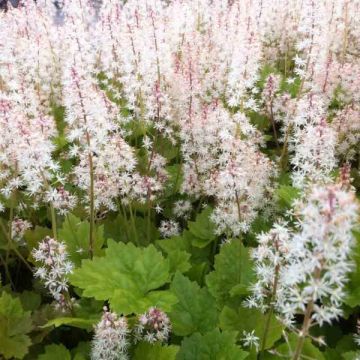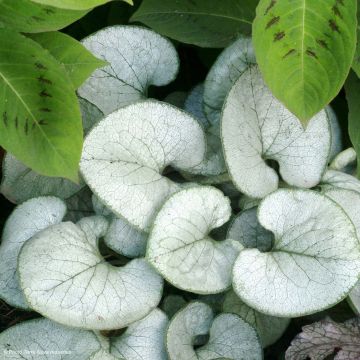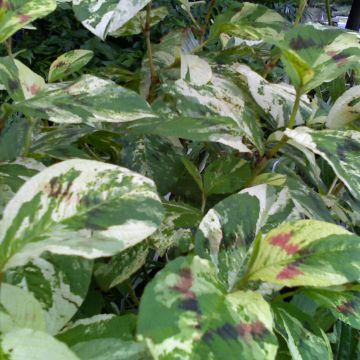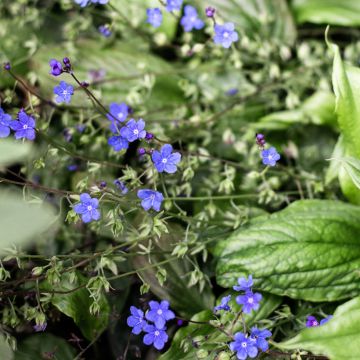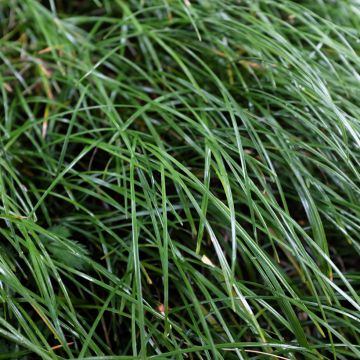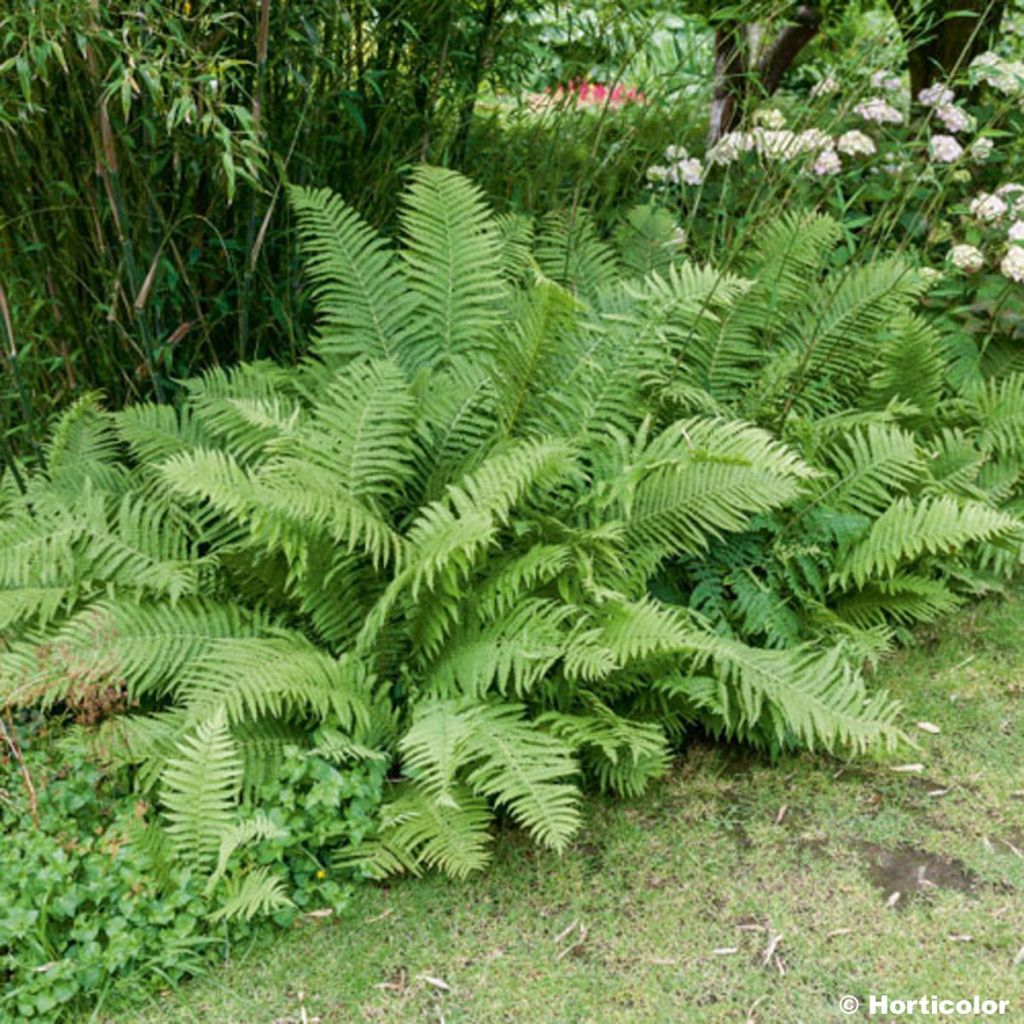

Matteuccia orientalis - Ostrich Fern
Matteuccia orientalis - Ostrich Fern
Matteuccia orientalis
Oriental Ostrich Fern
Didn't last. They disappeared in record time.
Joelle, 08/10/2025
Special offer!
Receive a €20 voucher for any order over €90 (excluding delivery costs, credit notes, and plastic-free options)!
1- Add your favorite plants to your cart.
2- Once you have reached €90, confirm your order (you can even choose the delivery date!).
3- As soon as your order is shipped, you will receive an email containing your voucher code, valid for 3 months (90 days).
Your voucher is unique and can only be used once, for any order with a minimum value of €20, excluding delivery costs.
Can be combined with other current offers, non-divisible and non-refundable.
Why not try an alternative variety in stock?
View all →This plant carries a 12 months recovery warranty
More information
We guarantee the quality of our plants for a full growing cycle, and will replace at our expense any plant that fails to recover under normal climatic and planting conditions.

Does this plant fit my garden?
Set up your Plantfit profile →
Description
Matteuccia orientalis, also known as Onoclea orientalis, is a beautiful and large non-invasive Asian species, with an almost tropical appearance. It deserves a prominent place in a privileged location. It forms majestic sterile fronds in spring. They are initially vertical, then gracefully arch into a widely open funnel from which a bouquet of plumeous sterile fronds emerges in late summer. These evergreen fronds are thinner. They are initially olive-green, then blackish-blue in autumn, and finally coloured dark brown by mature spores. Sometimes called ostrich fern, this plant is quite rare in cultivation. It is simply magnificent at the edge of a pond, in the shaded corner of a porch, or near a doorway. Grow it in moist, humus-rich soil, in a shaded position.
Matteuccia orientalis is a fern with a rhizomatous rootstock, originating from Russia, Korea, China, the Himalayas, India, and Japan. This plant, formerly classified in the Woodiaceae family, now belongs to the Onocleaceae family. The plant has an upright habit, with a very spreading clump of large fronds arranged in a crown. They emerge from the ground and reach a minimum height of 70 to 80cm (28 to 32in) and width of 1m (3ft). Its thick rhizomes grow on the surface of the soil. The new croziers (curiously coiled shoots characteristic of ferns) emerge from the ground as early as April. They are triangular, sometimes measuring 1m (3ft) long and 30cm (12in) wide at the base, with a thick structure, composed of very tender green leaflets. These leaflets are also lanceolate and quite narrow. In late July or August, narrow and feathery fronds, not exceeding 40cm (16in) in height, emerge from the centre of the crown. They are initially olive-green before turning brown and have curled edges. They are graceful and delicate like lace, covering the plant's sori (reproductive cells) under their undulations. This plant is not invasive.
Matteuccia ferns are enchanting large ferns. Depending on the species, they are either very stoloniferous or not at all. Depending on the space you have, this characteristic must be taken into consideration. Matteuccia orientalis is one of the most reasonable in its growth. While it can tolerate -15°C (5°F) for a short period, it is susceptible to prolonged frost, especially in waterlogged soil. Divine in the understory, under deciduous trees or bushes, it deserves to be planted near a shaded walkway, a small stone structure, or a garden staircase, as it forms a high-class union with stones. It can also be planted near a water feature, reflecting its architectural silhouette animated by luminous undulations. The miracle of its emerging croziers always intrigues and will amuse children. It can be accompanied by loosestrifes, mind-your-own-business, meadow rues, or columbines in loose and moist soil, sheltered from the intense sunlight that darkens the fronds. In our garden, we have paired it with Japanese primrose and Spanish bluebell, which self-seed among its rhizomes.
Matteuccia orientalis - Ostrich Fern in pictures
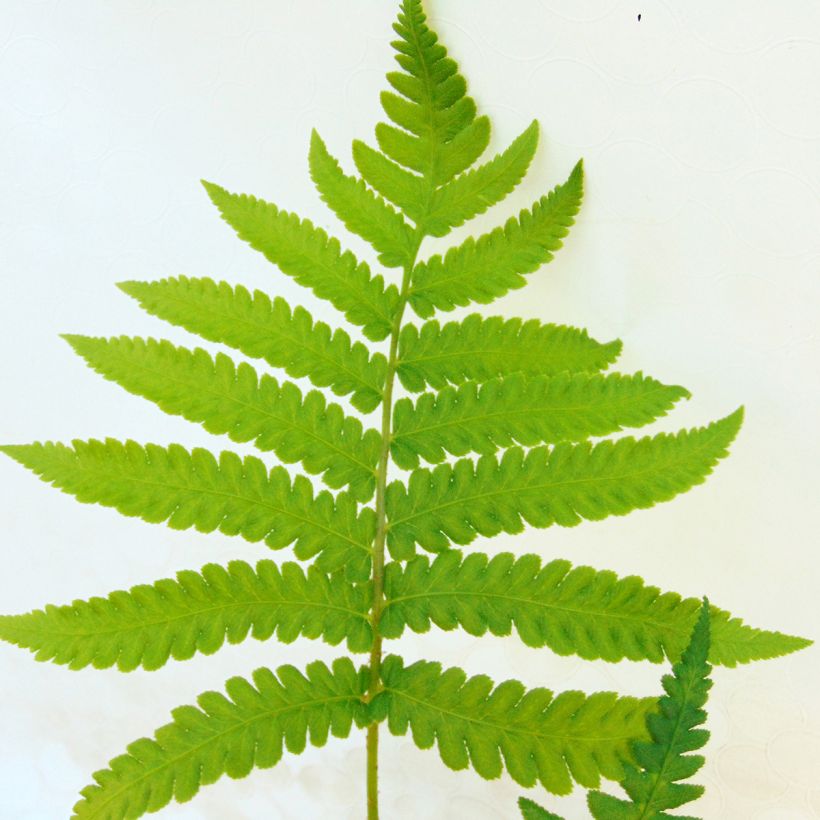

Foliage
Plant habit
Botanical data
Matteuccia
orientalis
Woodsiaceae (Onocleaceae)
Oriental Ostrich Fern
East Asia
Other Matteuccia
View all →Planting and care
This fern appreciates consistently moist soils, even wet or marshy ones. Plant it in heavy and clayey, acidic, neutral, or slightly chalky soils. The fronds are deciduous and completely die down in winter. Choose a shaded, semi-shaded, or even morning sun exposure if the plant grows in very humid soil. The stump, hardy down to -15°C (5°F) for short periods, should be protected with a layer of dead leaves about 20cm (8in) thick in cold regions.
Planting period
Intended location
Care
Planting & care advice
-
, onOrder confirmed
Reply from on Promesse de fleurs
Similar products
Haven't found what you were looking for?
Hardiness is the lowest winter temperature a plant can endure without suffering serious damage or even dying. However, hardiness is affected by location (a sheltered area, such as a patio), protection (winter cover) and soil type (hardiness is improved by well-drained soil).

Photo Sharing Terms & Conditions
In order to encourage gardeners to interact and share their experiences, Promesse de fleurs offers various media enabling content to be uploaded onto its Site - in particular via the ‘Photo sharing’ module.
The User agrees to refrain from:
- Posting any content that is illegal, prejudicial, insulting, racist, inciteful to hatred, revisionist, contrary to public decency, that infringes on privacy or on the privacy rights of third parties, in particular the publicity rights of persons and goods, intellectual property rights, or the right to privacy.
- Submitting content on behalf of a third party;
- Impersonate the identity of a third party and/or publish any personal information about a third party;
In general, the User undertakes to refrain from any unethical behaviour.
All Content (in particular text, comments, files, images, photos, videos, creative works, etc.), which may be subject to property or intellectual property rights, image or other private rights, shall remain the property of the User, subject to the limited rights granted by the terms of the licence granted by Promesse de fleurs as stated below. Users are at liberty to publish or not to publish such Content on the Site, notably via the ‘Photo Sharing’ facility, and accept that this Content shall be made public and freely accessible, notably on the Internet.
Users further acknowledge, undertake to have ,and guarantee that they hold all necessary rights and permissions to publish such material on the Site, in particular with regard to the legislation in force pertaining to any privacy, property, intellectual property, image, or contractual rights, or rights of any other nature. By publishing such Content on the Site, Users acknowledge accepting full liability as publishers of the Content within the meaning of the law, and grant Promesse de fleurs, free of charge, an inclusive, worldwide licence for the said Content for the entire duration of its publication, including all reproduction, representation, up/downloading, displaying, performing, transmission, and storage rights.
Users also grant permission for their name to be linked to the Content and accept that this link may not always be made available.
By engaging in posting material, Users consent to their Content becoming automatically accessible on the Internet, in particular on other sites and/or blogs and/or web pages of the Promesse de fleurs site, including in particular social pages and the Promesse de fleurs catalogue.
Users may secure the removal of entrusted content free of charge by issuing a simple request via our contact form.
The flowering period indicated on our website applies to countries and regions located in USDA zone 8 (France, the United Kingdom, Ireland, the Netherlands, etc.)
It will vary according to where you live:
- In zones 9 to 10 (Italy, Spain, Greece, etc.), flowering will occur about 2 to 4 weeks earlier.
- In zones 6 to 7 (Germany, Poland, Slovenia, and lower mountainous regions), flowering will be delayed by 2 to 3 weeks.
- In zone 5 (Central Europe, Scandinavia), blooming will be delayed by 3 to 5 weeks.
In temperate climates, pruning of spring-flowering shrubs (forsythia, spireas, etc.) should be done just after flowering.
Pruning of summer-flowering shrubs (Indian Lilac, Perovskia, etc.) can be done in winter or spring.
In cold regions as well as with frost-sensitive plants, avoid pruning too early when severe frosts may still occur.
The planting period indicated on our website applies to countries and regions located in USDA zone 8 (France, United Kingdom, Ireland, Netherlands).
It will vary according to where you live:
- In Mediterranean zones (Marseille, Madrid, Milan, etc.), autumn and winter are the best planting periods.
- In continental zones (Strasbourg, Munich, Vienna, etc.), delay planting by 2 to 3 weeks in spring and bring it forward by 2 to 4 weeks in autumn.
- In mountainous regions (the Alps, Pyrenees, Carpathians, etc.), it is best to plant in late spring (May-June) or late summer (August-September).
The harvesting period indicated on our website applies to countries and regions in USDA zone 8 (France, England, Ireland, the Netherlands).
In colder areas (Scandinavia, Poland, Austria...) fruit and vegetable harvests are likely to be delayed by 3-4 weeks.
In warmer areas (Italy, Spain, Greece, etc.), harvesting will probably take place earlier, depending on weather conditions.
The sowing periods indicated on our website apply to countries and regions within USDA Zone 8 (France, UK, Ireland, Netherlands).
In colder areas (Scandinavia, Poland, Austria...), delay any outdoor sowing by 3-4 weeks, or sow under glass.
In warmer climes (Italy, Spain, Greece, etc.), bring outdoor sowing forward by a few weeks.































